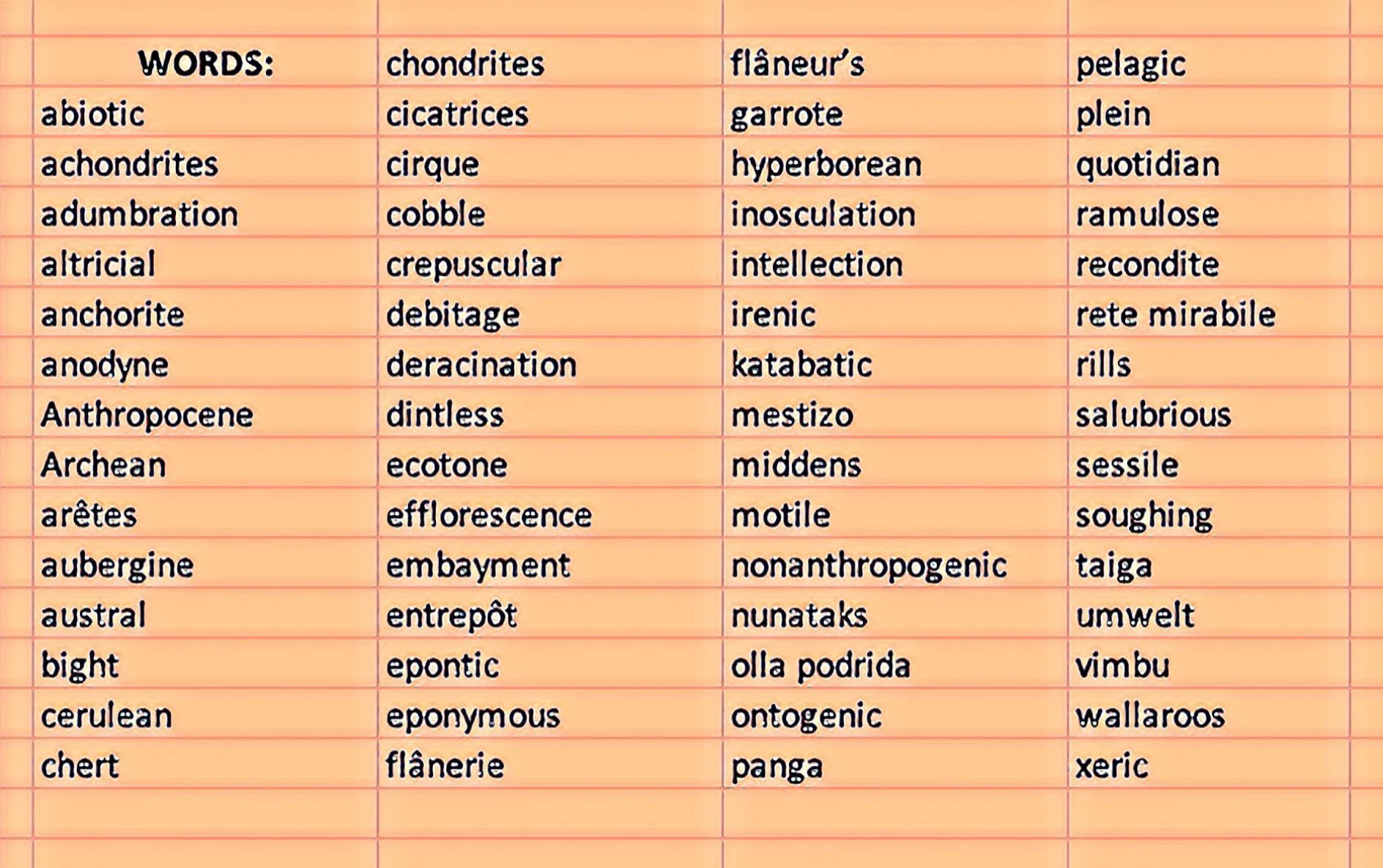Howard Markel's "The Secret of Life: Rosalind Franklin, James Watson, Francis Crick, and the Discovery of DNA's Double Helix"
Book review by Dennis D. McDonald
I am finding Howard Markel's The Secret of Life: Rosalind Franklin, James Watson, Francis Crick, and the Discovery of DNA's Double Helix to be both fascinating and horrifying.
I'm 80% through the book:
World famous chemist Linus Pauling has entered the contest to discover DNA's structure (while publishing an error-filled model of his own).
Rosalind Franklin’s increasingly sophisticated X-ray crystallographic images of DNA molecular structures have been (unknowingly) shared with Watson after her being isolated both socially and scientifically.
Watson and Crick, after thrashing about without deep understanding of the complex mathematics needed to decrypt molecular structural data from various laboratories using different experimental techniques, appear to have settled on the correct double-helix structure.
It's fascinating. We know historically what this effort is leading to: the groundbreaking understanding of the structure of DNA and its role in cross generational genetic blueprint transport. It's hard not to compare these findings with the seminal works of Galileo, Newton, Mendel, and Einstein. Markel's exhaustingly detailed descriptions of the meetings, conversations, experimentation, arguments, competition, blind alleys, brilliance, personalities, and occasional blind luck are endlessly fascinating.
Having been around scientists and academicians early in my career I can vouch for the realism of the “warts and all” descriptions that Markel provides of how scientists’ research is sometimes conducted. The competitiveness, infighting, and occasional downright pettiness of the book's key players does ring true, as does the occasional euphoria accompanying true insight.
Reading about Franklin's treatment at the hands of her male colleagues is dispiriting, to say the least. Whatever the “reasons” for her treatment--her sex, her Jewish heritage, her prickly personality--one can't help but despair at all the human race’s lost opportunities to benefit from human performance that have been squandered due to prejudice or social insularity.
It's good that authors like Markel attempt to right the slights of the past by exposing the truth. Nevertheless, we still experience daily the results of such prejudices--and they hold no prospects for disappearing soon.
Another reason I am horrified by some of what's described in this book concerns the primitive computational technology available to researchers back then. The speed of calculation we take for granted today and our ability to immediately access vast stores of data and mathematical tools and models would appear miraculous to Franklin, Watson, Crick, and Pauling.
In one scene, for example, Pauling retires to his study with a notepad, pencil, a stack of scientific journals, and a slide rule. He then performs a series of calculations manually to attempt an understanding of the helical structure of DNA based on X-ray crystallographic data describing the recorded size and angle of X-ray streams deflected by interconnected molecules in a sample. At one point he concludes the data suggests a triple helix structure for DNA, not a double helix structure. One wonders: if Pauling had possessed modern computational tools and could have avoided much of the computational manual drudgery of such analysis, might he have won the race rather than Watson and Crick (who used Franklin's data)?
In another series of actions Watson and Crick experiment with various physical models—including some made from hand-shaped cardboard— to attempt building structures that satisfy observational data in terms of known molecular bonding behavior and angular positioning data derived from Franklin’s X-ray pictures of DNA. One wonders: what if Watson and Crick had had modern 3D modelling software to speed up the process of trying out different helical structures till the optimal structure appeared? What if Franklin had possessed such software?
But that's water under the bridge. Despite all the backbiting, prejudice, and blind alleys displayed in this book, one still comes away with a profound respect for intellectual achievements of which humans are capable. As shown by this book and by Christopher Nolan’s Oppenheimer, these achievements unfortunately can come at costs caused by the achievements themselves or—just as likely if not more so—from the behaviors of the people responsible for them.
Review copyright (c) 2023 by Dennis D. McDonald. Review updated Sept. 30, 2023.































